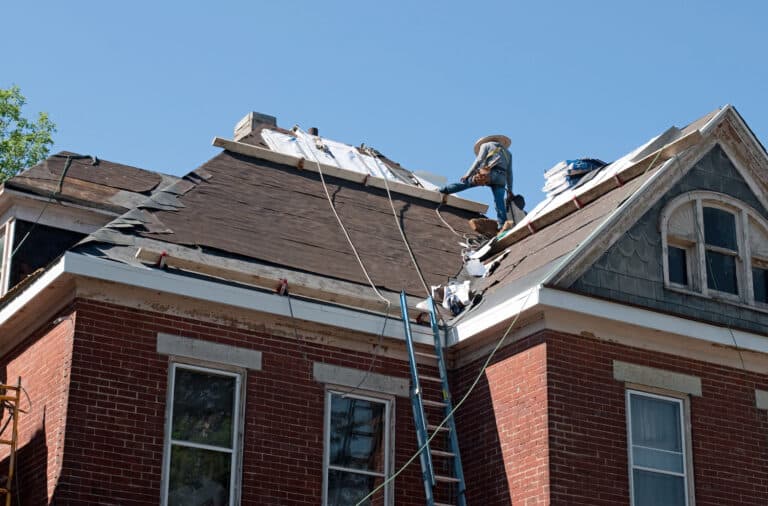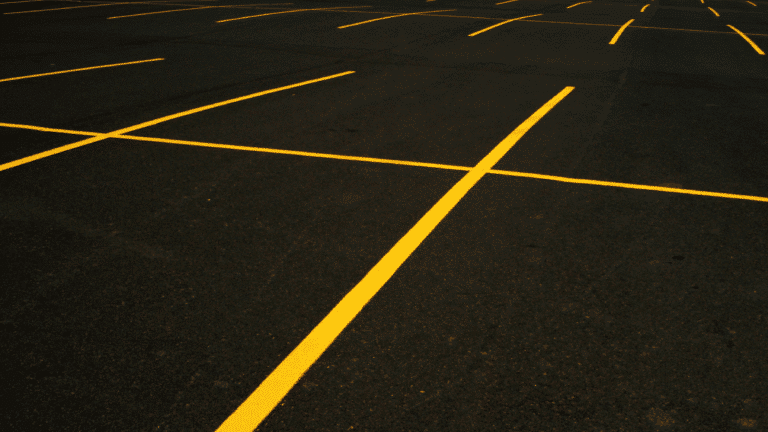7 Common Signs of Roof Damage That Demand Action
The thought of replacing a roof makes most homeowners cringe. Roof replacement is a costly investment, but you will save money in the long run. A new roof will reduce further structural damage to your home.
How Do You Know Your Roof Is Damaged?
One sign of a damaged roof is water leaks. If your roof is damaged, it no longer protects your house from water damage. Water flows into your walls through the roof, and you’ll often see water stains on your ceilings or dark spots.
If you think you have roof damage, the first thing you should do is inspect your attic. This area is the entry point for rainwater, and you should be able to pinpoint the area where the water is finding its way inside. Warm attic air will feel humid, and a good roof will prevent this moisture buildup.
You should also check the roof vents to ensure they are working correctly.
How Do I Know if My Roof Is Repairable?
Deciding between a simple repair and a roof replacement is a critical financial decision. Consulting a roofing contractor is the best way to determine if repairing the roof is feasible.
The right contractor will give you a free estimate, and you might throw thousands of dollars into repairs when replacing the entire roof would make more financial sense. A new roof will last you decades, whereas repairs might only last a few years.
Although costly, a roof installation is a wise investment in your house, and it’ll protect you from water damage. Insurance claims are much easier to settle when you have installed new roofing, and it’ll also prevent moisture buildup.
What Should I Look for in a Damaged Roof?
There are several signs that might point to a damaged roof. Preventative maintenance is the best way to protect your home and make sure a worker or you complete all necessary repairs.
Age and Warping
The age of your shingles is an essential factor when determining if you must replace them. Age can sometimes be challenging to determine. If you can’t determine the age, it might be wise to have a roofing company assess the shape of your roof.
Shingles will begin to warp as they age, and widespread warping indicates that it is time for new roofing. Warped shingles are notorious for allowing water into your home.
Roof Leaks
A leak is a sure sign that your roofing needs repair. You’ll notice water stains or dark spots on your ceilings and walls if the roof allows water to seep in. The best way to investigate a leak is to search for signs of water on the top level of your home.
You’ll notice that the attic insulation is moist or signs of destroyed insulation. Leaks can cause extensive damage if not repaired quickly. Leaks can cause wood rot and mold growth, issues that can cost homeowners money to repair.
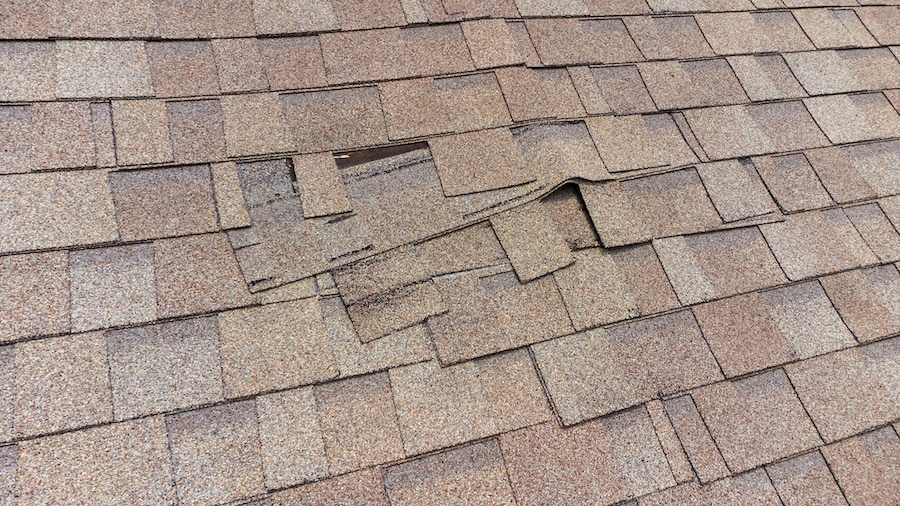
Damaged Shingles and Flashing
Repairs are necessary if you have broken or missing shingles. Extreme weather, such as hail damage or high winds, can cause shingle damage, and cracked shingles can’t provide the protective layer needed to prevent leaks.
Broken or misshapen shingles can also contribute to poor ventilation in the attic. You will need to install new shingles.
Damaged flashing can cause problems that can sneak up on you. Inspect any flashing you have installed around your chimney, skylights or outside walls of your home. You may see signs of water stains.
If you can see that the flashing is separating, especially around the chimney, this state is a warning sign that you have damage to your roofing. You should consult a contractor to determine if you need new flashing or roofing. A contractor will be able to identify the tell-tale signs of hidden damage.
Hail or Ice Damage
Weather can affect your shingles. Significant amounts of large pieces of hail can damage most shingles, especially asphalt shingles. You will see cracks, bruising, or pitted spots if you have hail damage. If you see missing shingles, you should consider a roof repair.
Snowmelt, which runs down to the eaves and refreezes, causes ice dams. When this melt happens repeatedly, it can cause significant damage to your shingles. These ice dams will eventually cause water leaks, and this cycle can also cause flashing rusts.
Damaged Gutters
Clogged gutters or a moldy gutter system can compromise the seams of your gutters, which will eventually lead to leaks. They can also contribute to an ice buildup in the colder months.
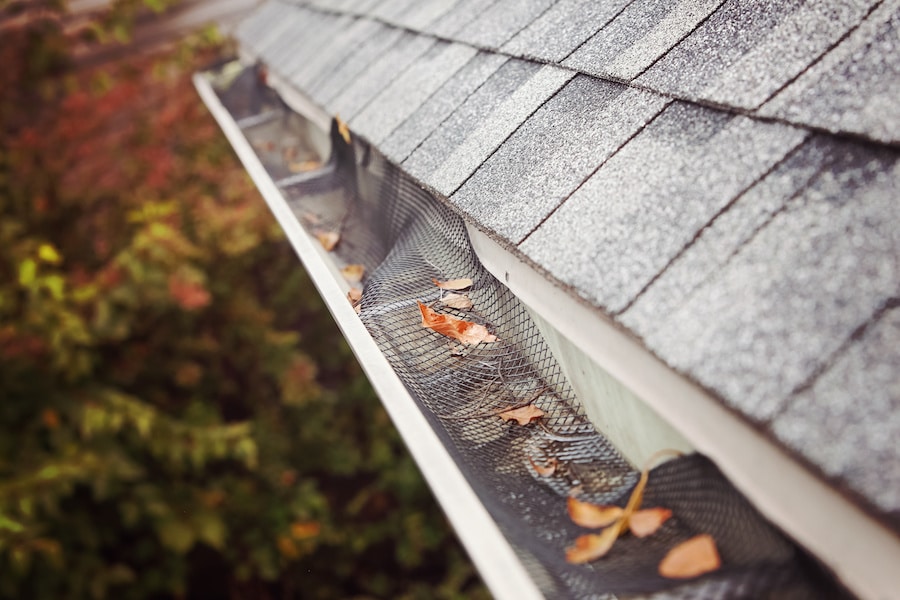
Mold
Mold is an indicator that you have a water leak, and finding the source of your water leak is essential to stop further damage. Older gutter systems that are installed in sections are notorious for having mold problems because they don’t vent properly. You should replace them.
Once the mold has started, it’ll eventually spread to your shingles and roof sheathing. Mold can cause a lot of damage, and it is an issue that you must repair immediately.
Dents
Homeowners often believe that metal and slate tile roofs are indestructible. Unfortunately, these materials can sustain damage. Hail can harm these roofs, and you can quickly identify the destruction when you see minor dents on the metal. These dents might seem insignificant, but you should repair them so they don’t cause further problems in the future.
How Do I Know if My Shingles Are Damaged?
Several signs indicate that your shingles are damaged and require replacement. It would be wise if you checked them regularly to prevent damage caused by water leaks.
The solid granules stuck to your shingles are a form of protection, and missing shingle granules are an indication you need to replace the shingles themselves. These bare spots can cause your shingles to dry up and crack.
Misshapen or cracked shingles are a sure sign you need new ones. If it’s just a few, you might get away with repairing the area that has damage. If the issue is more widespread, you should have a professional inspection to assess the damage.
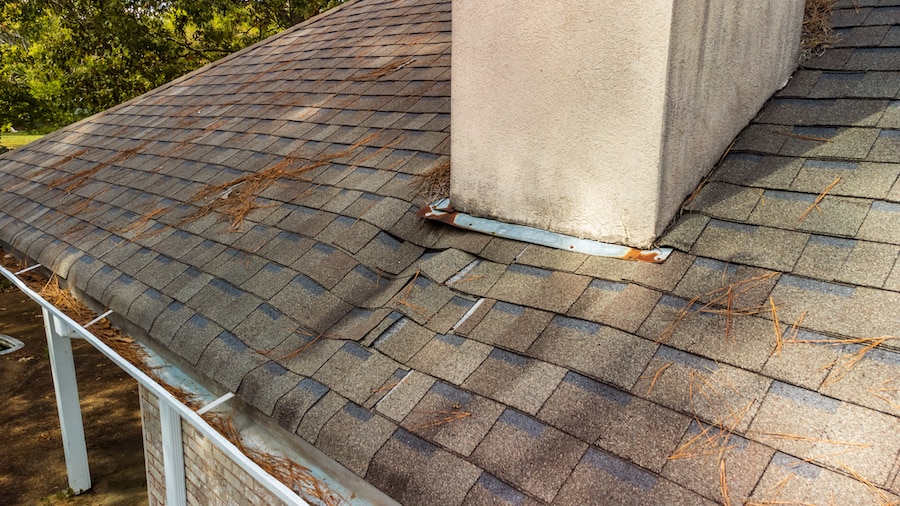
You might also see missing roofing nails or nails starting to pop up. Shingles that aren’t adequately secured can blow away, and missing shingles can cause leaks that will lead to other damage.
When homeowners see streaks or moss on their shingles, they tend to go up and clear it away. Unfortunately, the cleaning process can damage your shingles if you aren’t careful. You should consult a roofing professional before attempting to repair your roof yourself.
Another indicator of damaged shingles is an increase in your heating or cooling bill. Damage to your shingles can stop your roof from maintaining heat and cool air. You might have a cold attic which is a sure sign of an issue with your roofing.
Conclusion
You can’t ignore a damaged roof, and procrastinating might cost you more money in the long run. No homeowner wants to risk severe damage to their property. It’s essential to assess the damage and repair it quickly. Roofing is your first line of defense against the elements.


